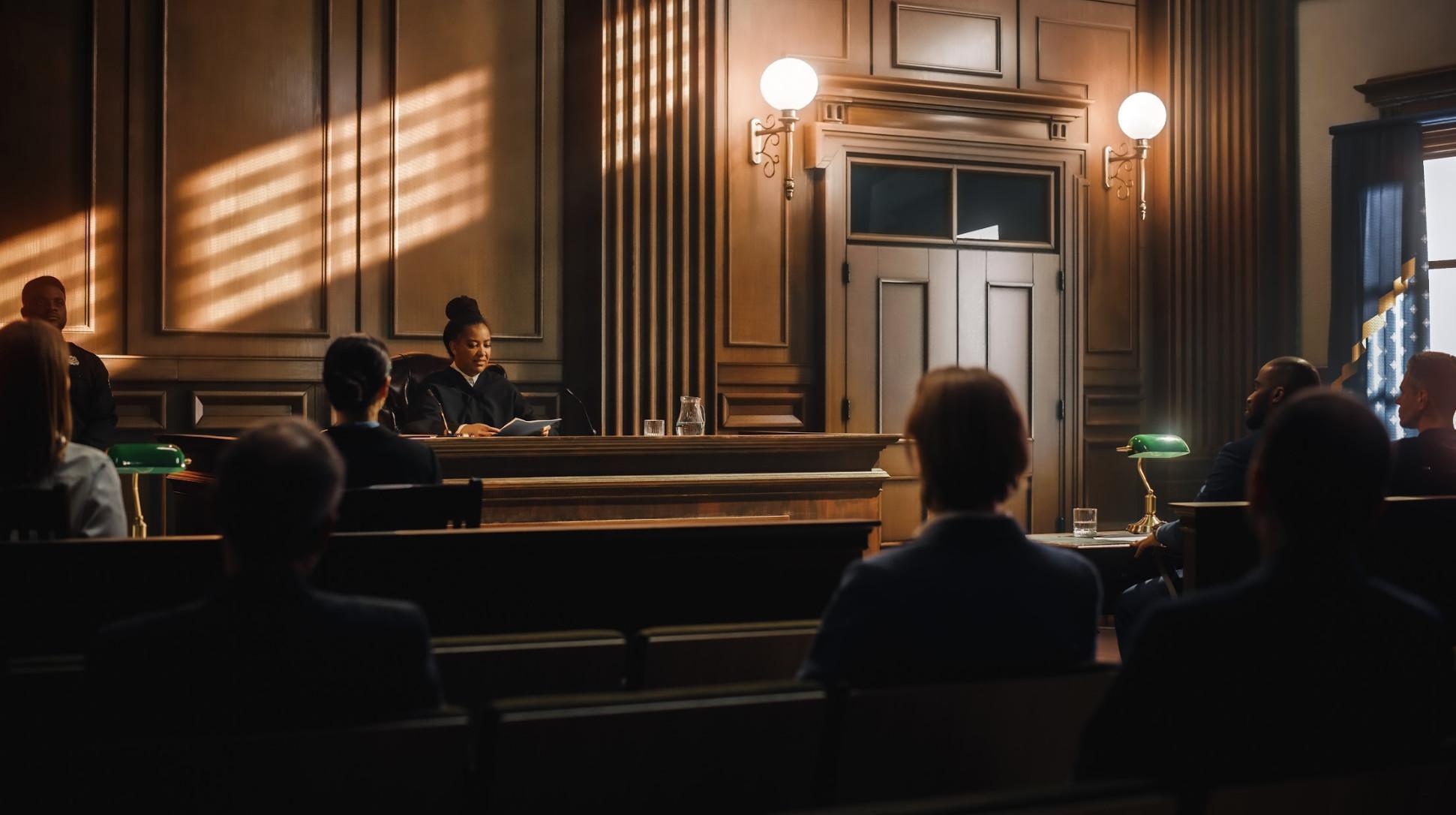

- Ref # CAB00210
- May 10, 2023
These exceptions to the Hearsay Evidence Rule can come in handy for investigators.
From the Classroom: The Hearsay Evidence Rule, Prior Statements of Witnesses
By Ray Hill
Professor Emeritus, Santa Rosa Junior College
This is the ninth in a series of bulletins covering the California Evidence Code and criminal investigations. This series covers the Hearsay Evidence Rule as it relates to an officer, deputy or investigator giving testimony in court (140 E.C.).
Have you ever had a victim or witness tell you something during an investigative interview and then recant in court? How about a victim/witness coming to court months later and not being able to remember completely what he/she had told you
No worry, the Prior Statements of Witnesses exception to the Hearsay Evidence Rule comes to the rescue!
Exceptions to the Hearsay Rule
Once a witness testifies, a person who received or overheard a prior statement can be called to repeat that statement when:
1) When the prior statement is inconsistent with one’s present testimony. The hearsay statement may be repeated for impeachment purposes and to allow the prior statement to be considered as evidence by the trier of fact (770/1235 E.C.)
Examples:
A woman tells an officer she was struck several times by her cohabitant domestic partner. She suffered a broken nose. At trial, she recants her previous statement, testifying instead that she was injured falling down stairs. Due to this inconsistency, the officer could testify to the content of the first statement to be considered as evidence and to discredit the previous testimony.
Defendant was charged with 13 counts of molesting his three stepchildren. The victims gave detailed and graphic descriptions of the molestations. At trial, all recanted their previous statements. Because of the inconsistencies, their out-of-court statements made to investigators and psychologists were admissible (Peo. v. Carey (1995) 35 Cal. App. 4th 2019).
Defendant repeatedly kicked and punched a victim who was eight months pregnant. The attack resulted in the death of her fetus. At trial, the victim told the jury that she was the aggressor, had injured herself in an accidental fall and lied to the police and doctors about what had occurred. The victim’s mother, friends, doctors and police officers all testified to her prior statements for the purposes of clarification and impeachment (Peo. v. Brown (1995) 150 Cal. App. 3d 970).
2) The statement can be used to corroborate or rehabilitate a consistent statement (791/1236 E.C.).
Examples:
A witness is unable to remember the full content of a prior statement given to a police officer. Her credibility is questioned by opposing counsel. The officer may testify to what the witness previously told her to “fill in the blanks” and rehabilitate testimony.
A witness gives “Statement A” to an officer. At trial, the witness testifies to the same facts. The officer is called to the witness stand and also testifies to “Statement A” for corroboration purposes. The objective is to show the statement has not changed from crime scene to courtroom and should be credible.
Test for Trustworthiness
The test for trustworthiness for Prior Statements of Witnesses is that all due process and cross-examination rights are afforded during the testimony of both the original declarant and any subsequent witness who testifies.
Additional Hearsay Exceptions
There are two additional hearsay exceptions under Prior Statements of Witnesses:
1) Prior Identification (1238 E.C.): Evidence of an identification statement made by a witness is admissible when the statement concerns the identity of a suspect, the original statement was given when the identification was made fresh in the witness’ memory and the testimony is offered for corroboration, rehabilitation or impeachment.
Examples:
During an infield show-up, a witness positively identifies a sexual battery suspect. After arraignment, the suspect flees the jurisdiction and is apprehended nine months later. In the meantime, the suspect’s appearance has changed. At trial, the witness testifies she is “pretty sure” the defendant is the perpetrator, but can't be 100 percent positive. The investigating officer can be called to repeat the previous identification statement to rehabilitate witness testimony.
During a domestic violence scene, a spouse identifies her husband as the person who struck her. At trial, she recants and states she received the injury during a fight with her sister. An officer could testify that the victim identified the suspect on the night of the offense.
2) Past Recollection Recorded (1237 E.C.): Writings made by or recorded from a witness can be later introduced as evidence. At the time of the writing or recording, the facts must have been fresh in the witness’ memory, the writing was authored by the witness or recorded under his or her direction, and there is a need to introduce the prior statement for corroboration, rehabilitation or impeachment.
Examples:
A victim died in the hospital after the defendant injected amphetamines into her intravenous bag. A witness (hospital roommate) told investigating officers that the defendant had visited the victim the night before her death and appeared to have administered some type of medication. An officer recorded this statement. At trial, due to her weakened physical condition, the witness could not remember what she had told the officers. The officer’s notes of the witness’ past statements were entered as evidence (Peo. v. Brock (1994) 143 Cal. App. 4th 1266).
A detective testified to notes taken from a witness who overheard a defendant and other gang members make threats to kill police officers (Peo. v. Miller (1996) 46 Cal. App. 4TH 417). Rival gang members gave statements, descriptions and identifications after a shooting. At trial, they recanted their previous statements. Their recorded notes were admissible as evidence (Peo. v. Cuevas (1995) 12 Cal. 4th 252).
Next Up – The Opinion Evidence Rule (800 E.C.)
Stay Safe,
RG







